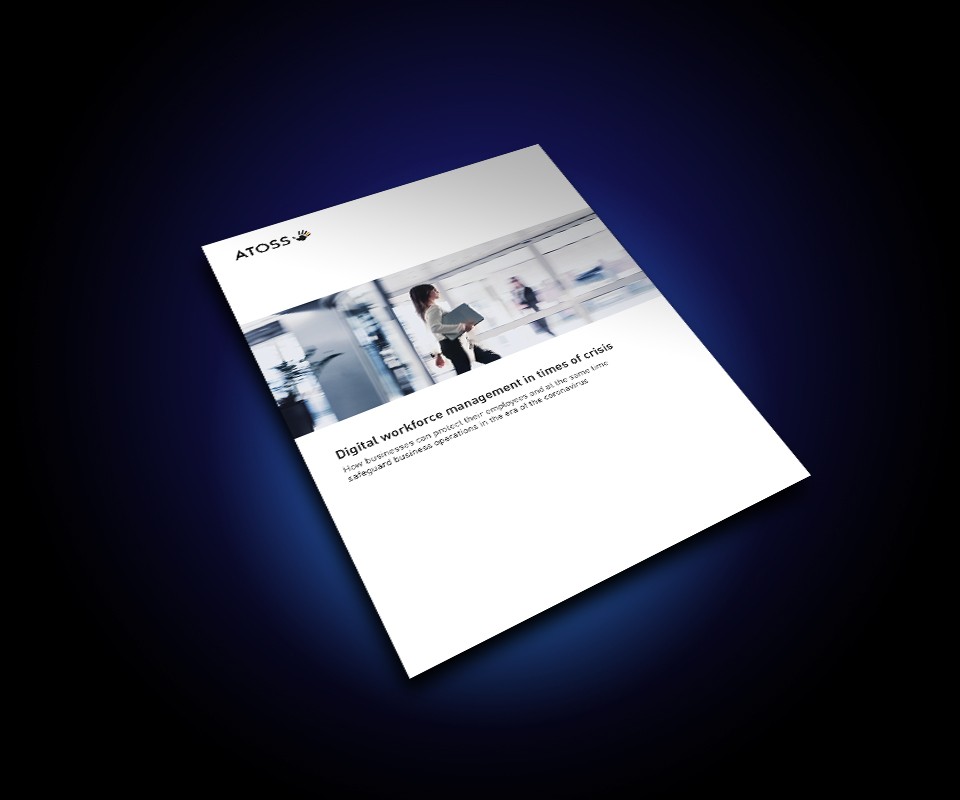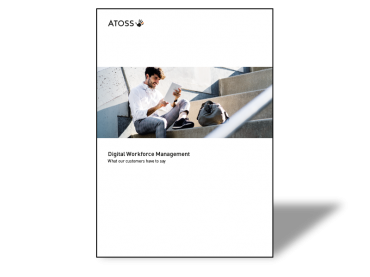Four tips to help companies gearing up after the crisis
You could well say: After the crisis we’re still in the crisis. If the lockdown posed major challenges to many companies, the slow economic recovery and the return to a new normal are doing so, too, to a comparable extent. The effects of the protective measures required and the restrictions on contacts, but also high volatility and staffing bottlenecks all have to be absorbed.
Here, we’d like to give you an insight into the measures in the organization of working time that will help you to emerge from the current exceptional situation financially sound and physically healthy.
Please keep your distance!
The required employee distancing can be quickly and easily achieved with home office solutions or remote working, provided circumstances permit. But what about sectors where this cannot be realized such as logistics or production? Here, in particular, we must ensure that employee groups work in shifts separated from each other spatially and/or by their working times. It’s equally important to allocate skilled workers with critical qualifications separately.
The risk of specialist employees infecting each other and in the worst-case scenario having to stay off work, is thereby reduced. Optimized break planning also ensures that recreation rooms and toilets are easier to use in observance of the required distances, or that shifts are separated. And rules applying to society also apply to workspaces: Risk groups must continue to be planned separately and, where possible, kept apart from other employees.
Offsetting personnel bottlenecks at short notice
Optimizing shift planning to protect employees is undeniably one of the most important steps to take. But what do we do if only part of the workforce is available due to short-time working, childcare or sickness? Companies must be able to respond flexibly to staffing bottlenecks at short notice. To ensure that absences are managed efficiently, the availabilities of all employees including their qualifications should be stored centrally in a software application.
In this way, skilled professionals can be more easily and directly assigned to workplaces or shifts. Working time accounts are also taken into account in the process. So employees are only shown as available if they are actually able to work at the desired time and haven’t already accumulated too much overtime. If working time accounts, holiday balances and employee requests are clearly available to team leaders for their deployment planning, shifts can be planned even at short notice that represent the best possible fit in terms of personnel requirements and workers’ wishes.

Home office, short-time work or the management of flexible working hours. These measures can be implemented efficiently and legally compliant with digital workforce management. Find out more in our factsheet.
Adjusting shift planning to demand
Software for time and attendance management and workforce scheduling represents a professional flexibilization tool. Accumulated time credits, residual leave, overtime and allowances are transparently documented and form the basis for optimized staff planning and management. In this way, even negative working time accounts can be easily built up for the sake of greater flexibility and worked off again during peak times. Part-time or short-time working can also be contractually agreed. Companies and employees alike must be prepared to show flexibility in order to overcome the present situation as effectively as possible. Digital workforce management can support you in translating this strategy into action.
Managing short-time working efficiently
Millions of employees still find themselves on short-time working due to the coronavirus pandemic. Digital time and attendance management is of immense help in this exceptional situation. It can quickly and easily define shortened working times and calculate the difference between them and contractual target times. Specifically, this means: After recording the hours worked, the software will automatically update the working-time account. Shortened working time and working time performed can be viewed in reports at any time at the touch of a button. The system automatically generates relevant wage types and relays them to the payroll system. This creates a high degree of transparency revolving around short-time working issues.
Digital workforce management offers companies of all sizes and sectors an effective tool for ramping up business operations in an orderly fashion and managing their activities flexibly. At the same time, employees, customers and partners are all protected. This represents added value on all levels – in tough times and in good times.


